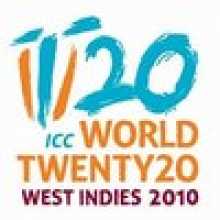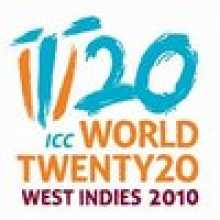New Zealand vs. Pakistan, 2010 World Twenty20
New Zealand are always an entertaining team in the limited-overs format, and Pakistan's sheer unpredictability - brilliant one moment, atrocious another - meant that the 2010 World Twenty20 got only its second nail-biting match in 17 games. Chasing a very par score, Pakistan's attack waxed and waned, eventually letting New Zealand sneak home with a 1 run victory.
Put in to bat first, New Zealand's innings ran primarily on the power of Brendon McCullum, whose 33 off 29 balls was more than what Jesse Ryder (7 off 8), Martin Guptill (2 off 10) and Ross Taylor (3 off 7) were able to contribute together. The slow scoring meant that the Pakistani bowlers had some good economy rates to show - Mohammed Aamer conceded only 6.66 from his three overs, while Mohammed Hafeez's three went for 3.66 and Abdur Rehman's three yielded 6.33. It was only adventurous hitting from Daniel Vettori (38 off 34), Scott Styris (21 off 17) and Nathan McCullum (12 off 9, including a six off the last ball that would later prove to be a critical strike) that saw New Zealand reach 133/7. While Pakistan were awful in the field against England, a different team showed up today, saving runs and taking spectacular catches, like the full-length one-handed diving stretch that Umar Akmal used to get rid of Guptill.
Needing 134 from 120 balls, it was only Salman Butt who stood tall with a disciplined 67 off 54, while the rest of his team fell around him. Although the New Zealand bowling was incisive, the fielding was lax, with Scott Styris and Ian Butler both messing up straightforward fielding chances to concede boundaries. Unforgivable when defending such a small total, the Kiwis were helped by Pakistan's own slow approach - Misbah-ul-Haq took 13 balls for his 3, and Kamral Akmal had a strike-rate of 62.50 for the eight balls he faced. Even the batsmen who got going didn't last long: Mohammed Hafeez hit two fours, but only stuck around for four deliveries; Shahid Afridi hit a boundary, but was dismissed off his 9th ball. Abdul Razzaq took a long time to fire, and his three sixes brought Pakistan to the brink of victory. Needing 11 from the last over, Salman Butt his two boundaries to reduce the equation to 3 required off 2. But then new batsman (and non-striker) Abdur Rehman stole a bye, meaning he had to score two off the last delivery. Maybe not a wise choice, as he slogged eventual Man of the Match Ian Butler to deep square leg to give New Zealand victory by 1 run.
Having lost to both England and New Zealand in the Super 8s, Pakistan find themselves facing elimination from the World Twenty20. Their next opponents are South Africa, who they famously toppled in the 2009 semi-final. It's a victory Pakistan will look to inspire them this time around, and one that South Africa will use to fuel their undeniable talent into the ever-elusive victory on the world stage. New Zealand move to their match against England knowing that they still face an uphill challenge to reach the semi-finals, having already lost to South Africa. The close win against Pakistan does no favors to their net run rate, meaning that only England (with two wins out of two) have an assured semi-final berth. For New Zealand, Pakistan and South Africa, there is still everything to play for.


